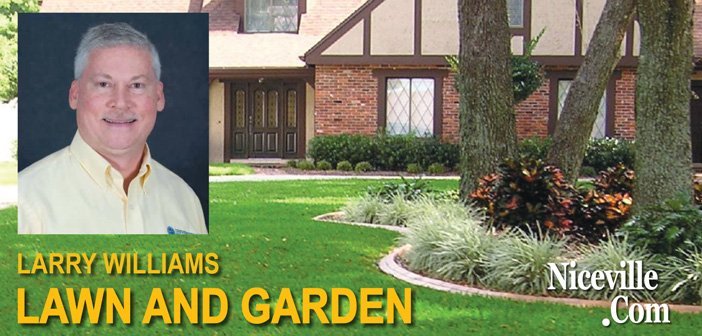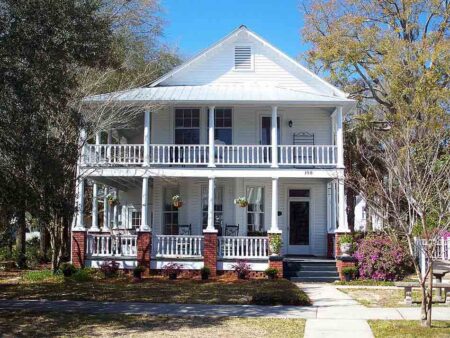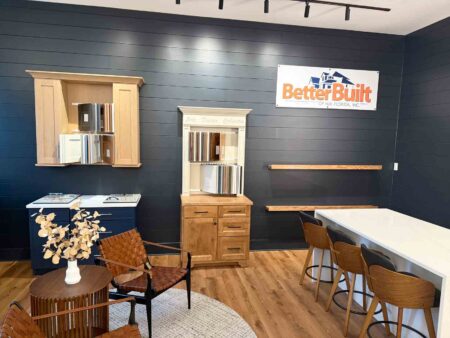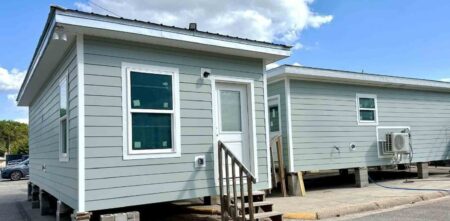FLORIDA — During the winter, many of our deciduous trees are bare of leaves and lack winter appeal. But there are trees that are quite showy, even when dormant with no foliage.
Let’s take a look at a few trees with winter appeal for North Florida landscapes.
Gary Knox, retired UF/IFAS Extension Horticulture Specialist, describes the crape myrtle’s winter interest perfectly in his publication, Crape Myrtle in Florida.
Knox writes, “When the leaves fall in winter, the crape myrtle becomes a living sculpture. The trunk and branches of tree-form plants have an attractively gnarled, sinuous character with smooth bark. Strips of bark peel off (exfoliate) in early summer to reveal mottled new bark ranging in color from pale cream to dark cinnamon to rich brown to bright orange.”
Many crape myrtle cultivars have exfoliating bark. In most cases, the bark begins to peel away with age. Young trees may not exhibit exfoliating bark, but within a few years, these crape myrtles will exhibit this characteristic.
Here are a few crape myrtles with attractive bark:
- ‘Acoma’ is a semi-dwarf hybrid reaching a mature height of around 15 feet with creamy beige bark color and white flowers
- ‘Apalachee’ is an outstanding selection with cinnamon, orange bark, and lavender flowers. Its mature height is around 20 feet
- The cultivar ‘Osage’ produces dark orange bark and medium pink flowers with a 20-foot mature height
- ‘Fantasy’ is a large maturing variety growing to more than 20 feet tall with outstanding red-orange bark and white flowers
River birch is another tree with unusual papery peeling bark. The cultivar ‘Heritage’ is the closest to a paper-white birch that will tolerate our hot summers. Expect a river birch to reach around 50 feet in height and around 30 feet in width.
Cultivars of Ulmus parvifolia, lacebark elm, provide winter interest.
“The showy, exfoliating bark reveals random mottled patterns of gray, green, orange and brown, adding great textural and visual interest, especially to its winter silhouette,” writes Ed Gilman, retired UF/IFAS Tree Researcher, when describing this tree. ‘Drake’ and ‘Allee’ are popular cultivars out of many named varieties of this elm.
American Hophornbeam, Ostrya virginiana, is an underused tree that grows to about 50 feet tall. Its grayish bark peels off in longitudinal strips, revealing orange patches underneath.
These are just a few trees to consider if you want to add winter interest to your landscape. During the drab winter season, these bare trees are a noticeable and pleasing part of the landscape.
For additional information on trees for Northwest Florida, contact your local Extension office, county forester, or garden center.
Larry Williams is the Extension Horticulture Agent with the Okaloosa County Cooperative Extension Service, University of Florida. Contact Larry at 689-5850 or email lwilliams@myokaloosa.com.







